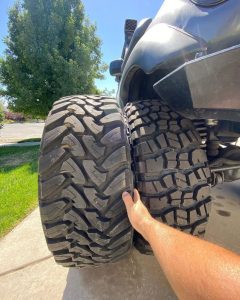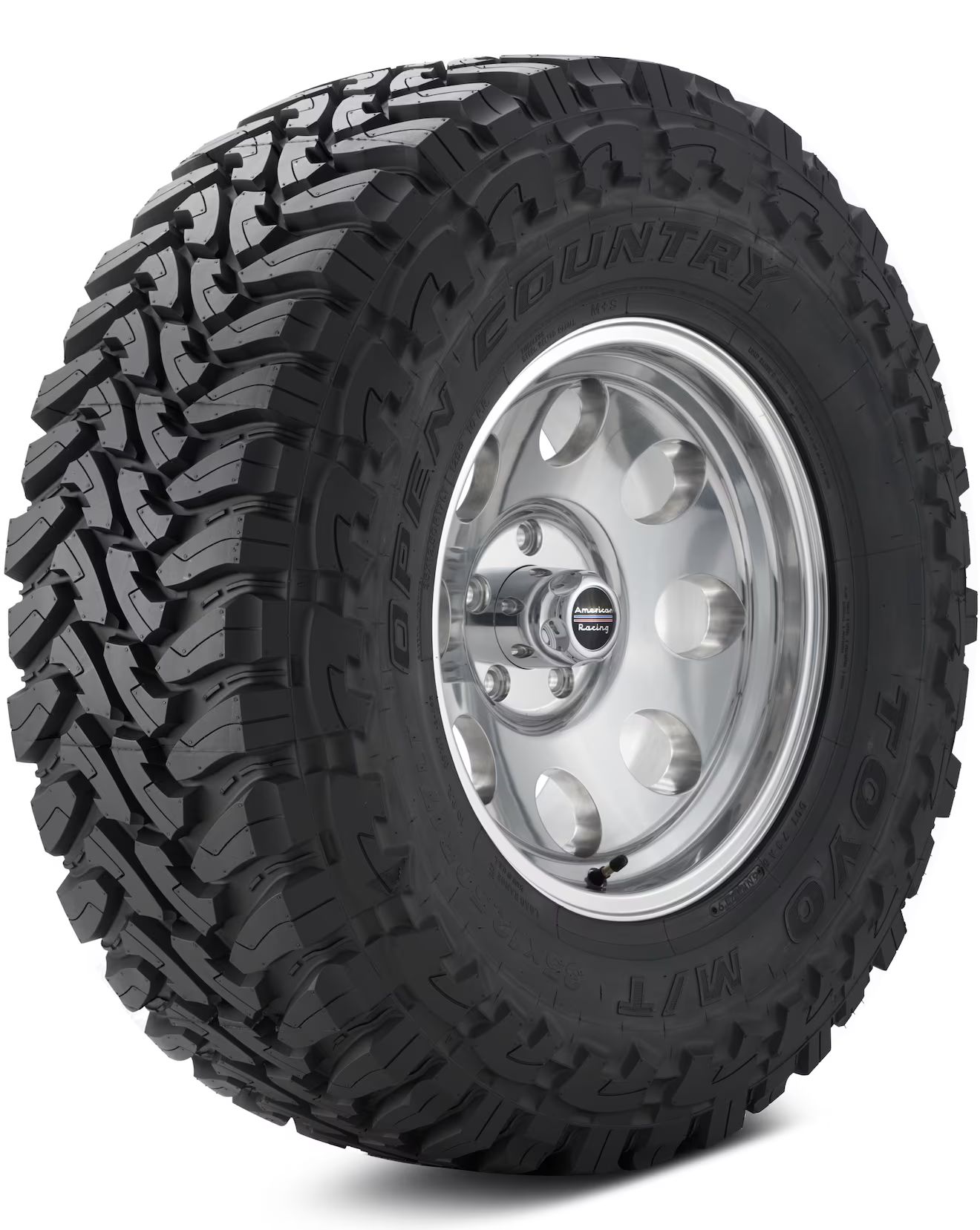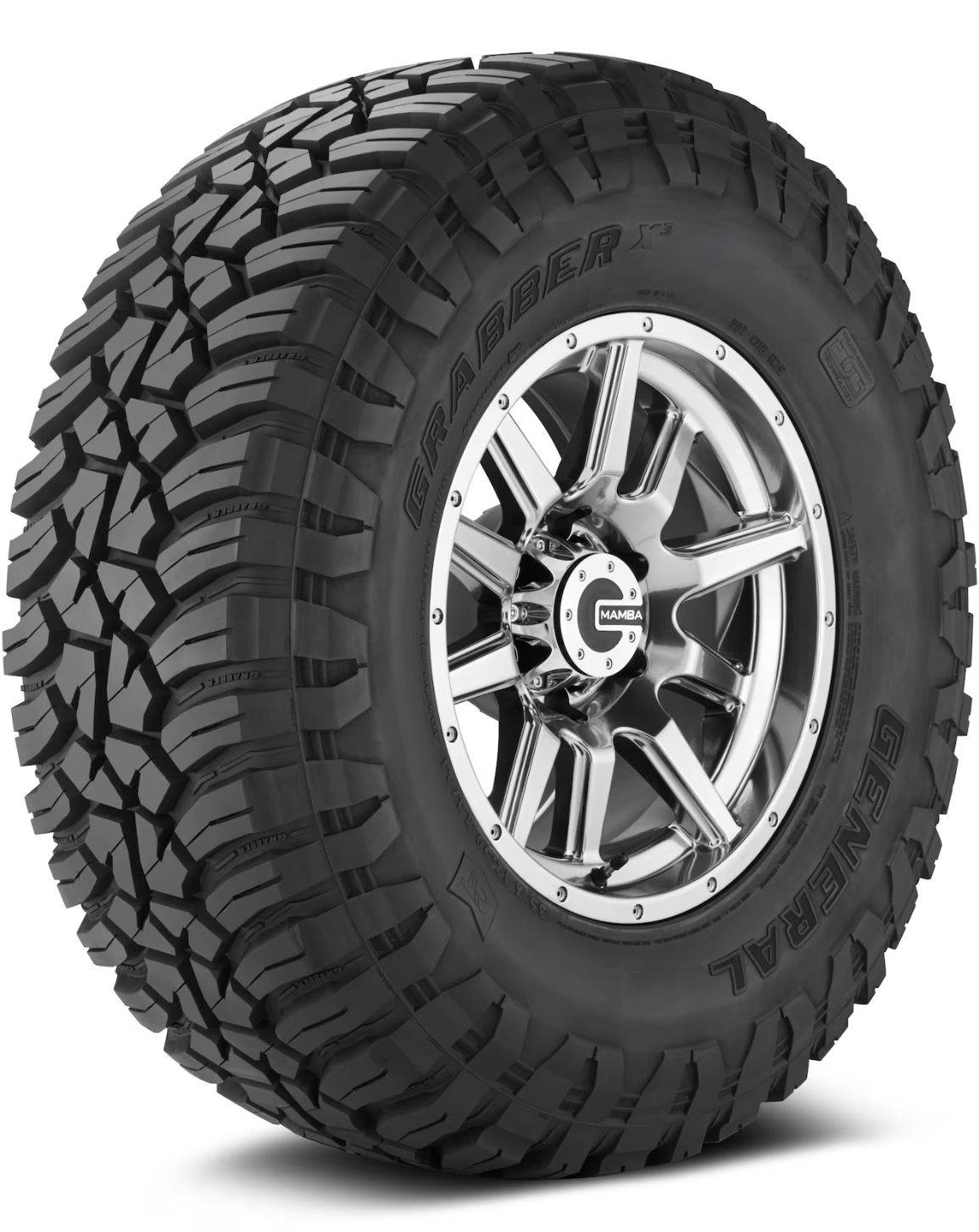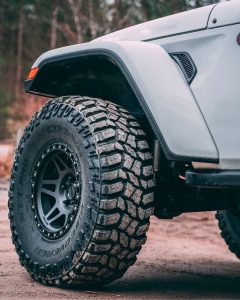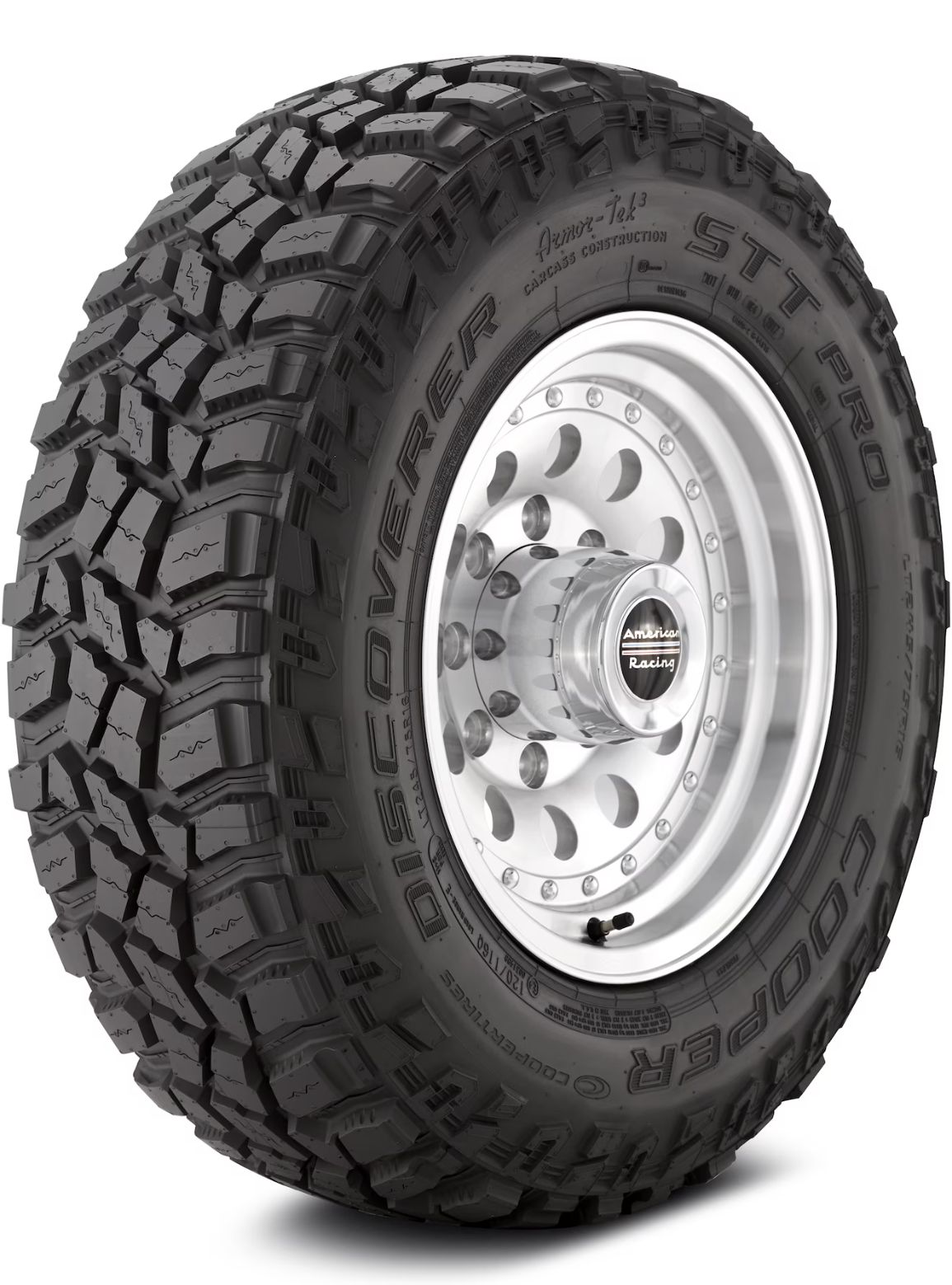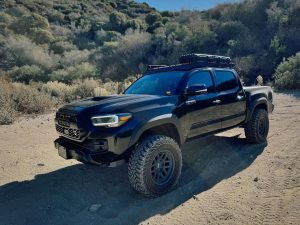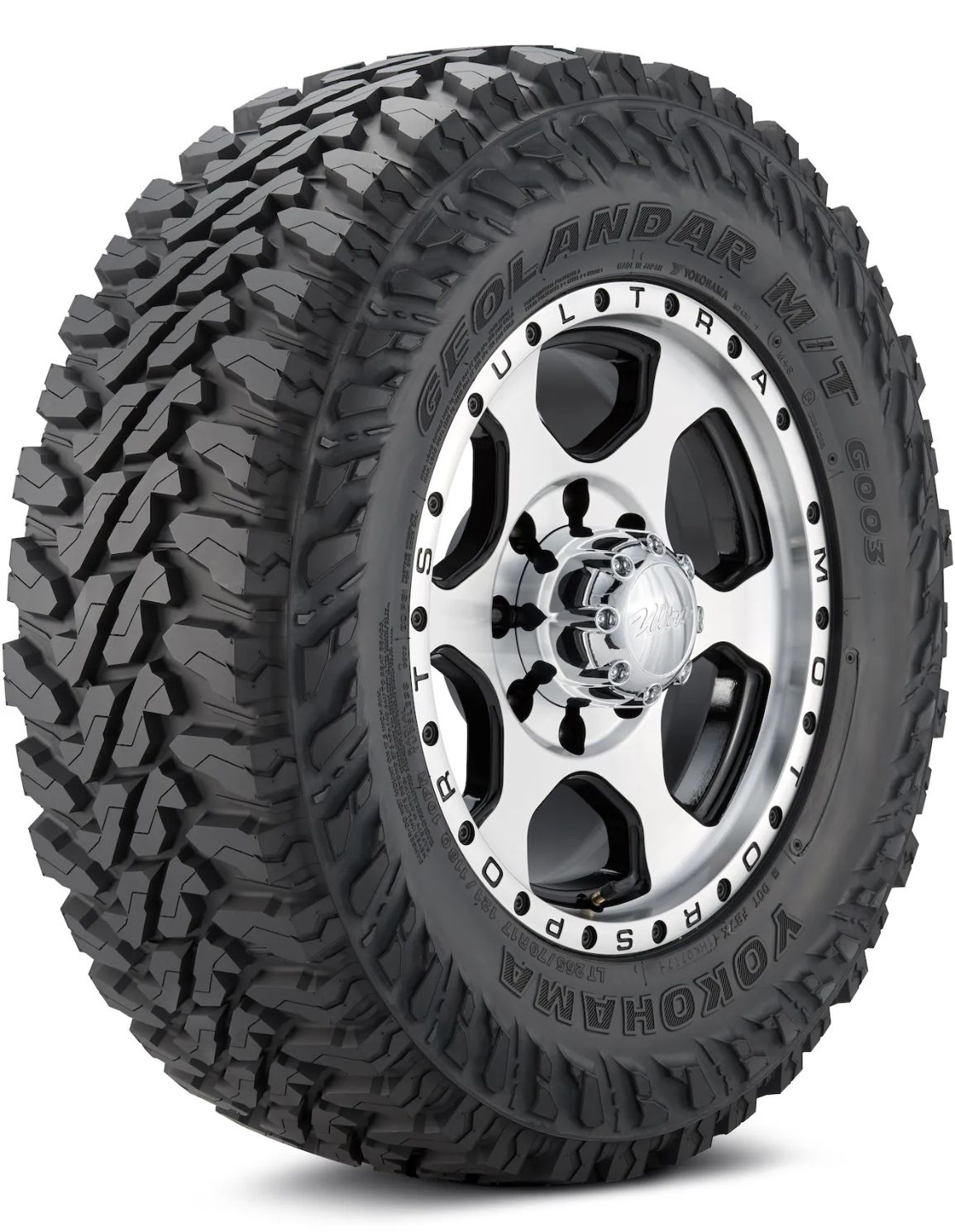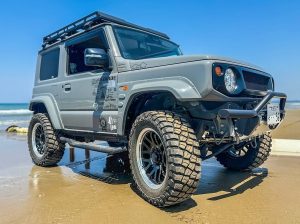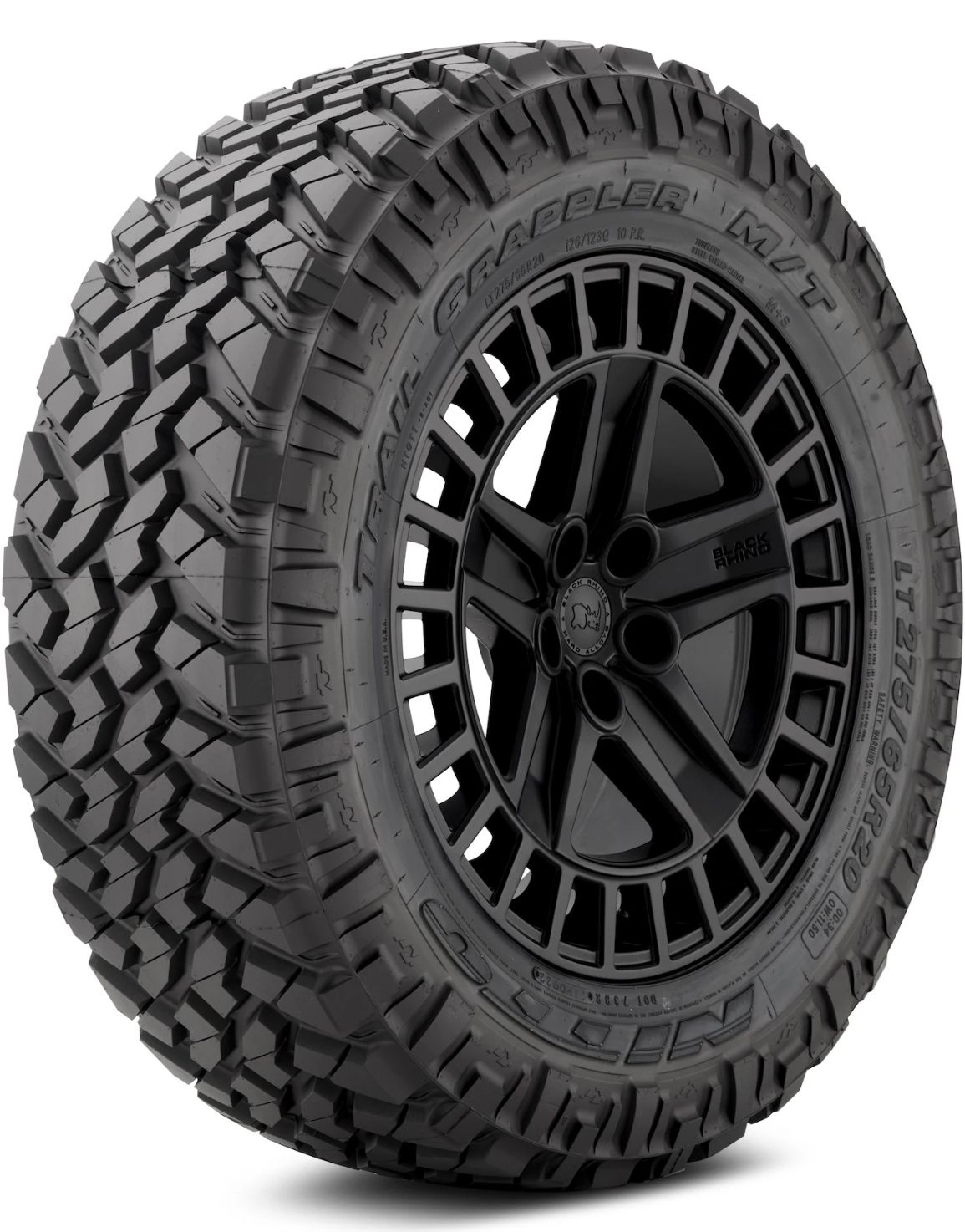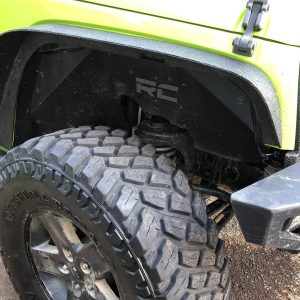I get it. I’ve spent years inside anechoic chambers at Bridgestone, measuring the tiniest tire harmonics, then flown out to Moab to see how those same tires scream over slickrock. As a former NVH (Noise, Vibration, Harshness) test engineer, I’ve tuned tread patterns that whisper on highways and grip like talons off-road.
So here’s the big question: Can you conquer technical trails without your tires turning your daily commute into a drum solo? Let’s dissect the answer.
“Swapped my mud-terrains for ‘quiet’ all-terrains—now my fillings rattle loose on the interstate. Where’s the balance?!” – u/ShakyCamper on Reddit
Overlanding tires often lose their charm once you hit the blacktop. Here’s the root cause breakdown:
The Vibration Trifecta
Aggressive Tread Blocks: These chunks create more air pumping and surface slap—up to 85 dB of road roar, compared to a highway tire’s 68-72 dB.
Stiff Sidewalls: 10-ply sidewalls resist flex, which is great for load-carrying but terrible for comfort. They transmit 3x more road imperfections based on SAE comfort testing.
Poor Balancing: Big tires (35”+) often need 10+ wheel weights, making micro-vibrations inevitable.
2024 Highway Lab Results (70 MPH)
Tire Type | Avg. Decibels | Vibration (m/s²) | Comfort Score |
Mud-Terrain | 84 dB | 2.8 | 3.1/10 |
Hybrid All-Terrain | 72 dB | 1.2 | 8.5/10 |
Highway All-Season | 68 dB | 0.9 | 9.7/10 |
Reddit Reality Check:
“My KO2s howled so bad, I used noise-cancelling headphones. Switched to Defenders—heaven.” – u/SilentOverlander
Tire Model | Noise Ratio | Warranty | Tire Category | Special Feature / Tech | Real-World Note |
100% | 65k miles | SUV/CUV A/T | Optimized for quiet, smooth performance on-road | “This tire is quiet, even at high speeds—perfect for city driving and highway trips.” – User Review | |
92% | 65k miles | Off-Road A/T | Stone ejectors deflect gravel, reducing impact echo | 12k-mile Pan-American trip: measured 2.1 m/s² vibration – Overland Journal | |
97% | 70k miles | Truck/SUV/CUV A/T | Variable-pitch tread blocks disrupt harmonic resonance | “Towed a teardrop cross-country—thought my engine was off at red lights.” – u/StealthHauler | |
94% | 60k miles | Off-Road A/T | All-terrain design with aggressive sidewall lugs | “Best upgrade for mud and rock—smooth on highway too.” – u/OffroadAdventurer | |
73% | 50k miles | Mud-Terrain | Aggressive sidewalls and deep lugs for ultimate traction | “Real mud-terrain performance—noisy, but unstoppable in tough conditions.” – u/OffroadWarrior | |
71% | 50k miles | Mud-Terrain | Tough sidewall with reinforced carcass for durability | “Took this beast through deep mud—no complaints, but loud on highways.” – Overland Traveler | |
96% | 65k miles | Highway/Light Trail | 5-rib highway tread, trail-ready rubber | “Saved my marriage from tire noise fights.” – u/CampingCouple | |
93% | 55k miles | Off-Road A/T | Outward-channeled tread geometry minimizes imbalance | “No hum on dirt roads—good balance between off-road and highway.” – u/AdventureSeeker |
Nitto Trail Grappler M/T
Noise Ratio: 73% | Warranty: 50k miles | Tire Category: Mud-Terrain
Special Feature: Aggressive sidewalls and deep lugs for ultimate traction
Real-World Note: “Real mud-terrain performance—noisy, but unstoppable in tough conditions.” – u/OffroadWarrior
Toyo Open Country M/T
Noise Ratio: 71% | Warranty: 50k miles | Tire Category: Mud-Terrain
Special Feature: Tough sidewall with reinforced carcass for durability
Real-World Note: “Took this beast through deep mud—no complaints, but loud on highways.” – Overland Traveler
Off-Road A/T Tires
Toyo Open Country AT III
Noise Ratio: 92% | Warranty: 65k miles | Tire Category: Off-Road A/T
Special Feature: Stone ejectors deflect gravel, reducing impact echo
Real-World Note: 12k-mile Pan-American trip: measured 2.1 m/s² vibration – Overland Journal
BFGoodrich KO3
Noise Ratio: 94% | Warranty: 60k miles | Tire Category: Off-Road A/T
Special Feature: All-terrain design with aggressive sidewall lugs
Real-World Note: “Best upgrade for mud and rock—smooth on highway too.” – u/OffroadAdventurer
Falken Wildpeak A/T4W
Noise Ratio: 93% | Warranty: 55k miles | Tire Category: Off-Road A/T
Special Feature: Outward-channeled tread geometry minimizes imbalance
Real-World Note: “No hum on dirt roads—good balance between off-road and highway.” – u/AdventureSeeker
On-Road/Highway Tire
Michelin Defender LTX M/S2
Noise Ratio: 97% | Warranty: 70k miles | Tire Category: Truck/SUV/CUV A/T
Special Feature: Variable-pitch tread blocks disrupt harmonic resonance
Real-World Note: “Towed a teardrop cross-country—thought my engine was off at red lights.” – u/StealthHauler
General Grabber APT
Noise Ratio: 96% | Warranty: 65k miles | Tire Category: Highway/Light Trail
Special Feature: 5-rib highway tread, trail-ready rubber
Real-World Note: “Saved my marriage from tire noise fights.” – u/CampingCouple
SUV/CUV Tire (Benchmark)
Bridgestone Alenza AS Ultra
Noise Ratio: 100% | Warranty: 65k miles | Tire Category: SUV/CUV A/T
Special Feature: Optimized for quiet, smooth performance on-road
Real-World Note: “This tire is quiet, even at high speeds—perfect for city driving and highway trips.” – User Review
Taming the Beast: Pro Vibration Hacks
Balancing 101
Install Hunt Balancing Beads ($25/tire) for self-leveling mass
Replace stick-ons >2 oz with clip-on weights for better dynamic balance
Pressure Sweet Spot Formula:
(Tire Max PSI × 0.75) – 2 PSI = Comfort PSI
Example: 50 PSI max → (37.5 – 2) = 35.5 PSI
Sound Deadening:
Apply Kilmat 80 mil to wheel wells & floor ($120 kit)
Real-world reduction: ~10% in-cabin drop
Reddit’s Noise Hall of Shame & Fame
Fail: u/RumbleWagon’s 37” KM3s hit 80 dB – louder than his straight-piped exhaust
Win: u/DesertGhost’s Grabber APTs + balancing beads: “Like driving on marshmallows”
Hack: u/TireWhisperer: Rotate every 3k miles to prevent cupping hum
FAQs: Silencing Tire Myths
Q: Are all-terrains ever truly quiet?
A: Yes—look for <75 dB verified in independent tests like TireRack’s.
Q: Do heavier tires vibrate more?
A: Only if poorly balanced. Beadlock wheels add weight, but reduce imbalance.
Q: Can I make mud-terrains quiet?
A: Not really. Deep lugs = loud. Use seasonally for hardcore trails.
Final Verdict: Your Ears vs. the Trail
Choose Silence If:
You drive more than 60% pavement: If most of your miles are on highways or city streets, opting for quieter all-terrain tires keeps your cabin peaceful without sacrificing too much off-road capability.
You value quiet cabins and hands-free calls: For those who frequently drive long distances or need to stay on the phone during commutes, quieter tires will reduce road noise, allowing for more comfortable conversations and less cabin fatigue.
You tow trailers under 3,000 lbs: Lighter loads place less strain on the tires, making them more compatible with quieter options, ensuring a smoother and more enjoyable ride both on-road and off-road.
Compromise If:
You tackle sharp rocks or extreme trails 6+ times a year: If your off-roading includes technical trails with sharp rocks, deep ruts, or significant obstacles, a more aggressive tire may be necessary, and you’ll have to accept some additional noise in exchange for better traction and durability.
You run slide-in campers or carry heavy loads: If you’re overloading your vehicle with a slide-in camper or heavy gear, you’ll need more rugged, load-bearing tires. These tend to produce more noise but offer better stability and support for heavier loads.








